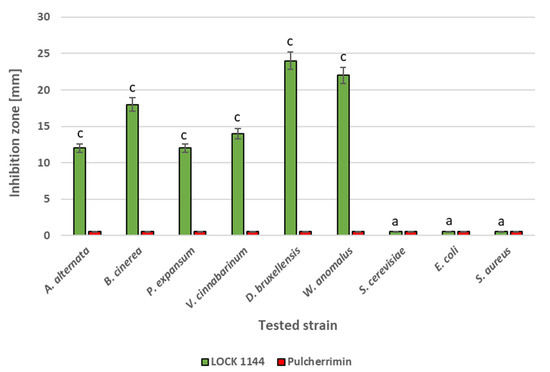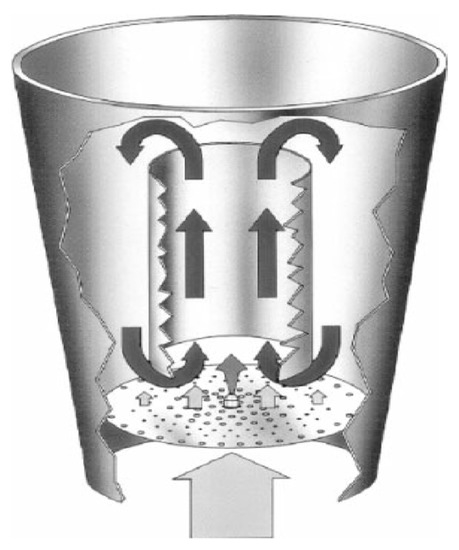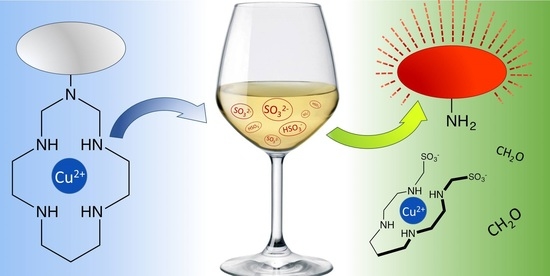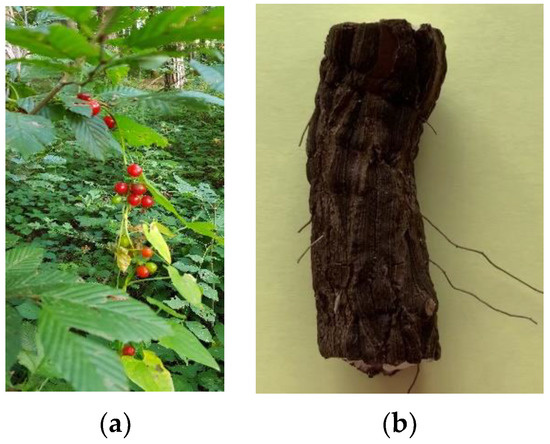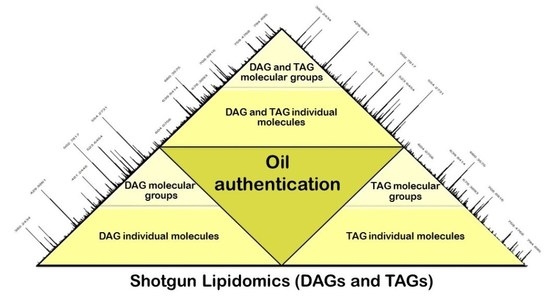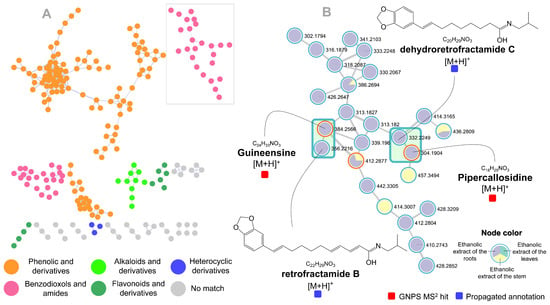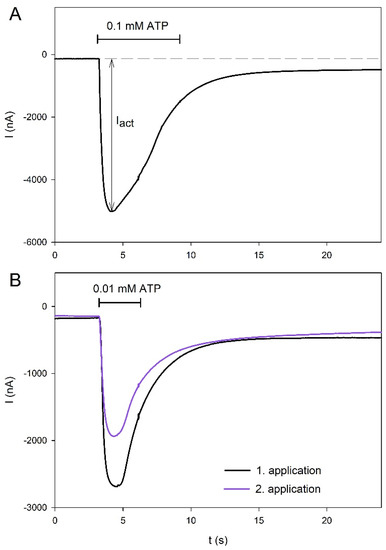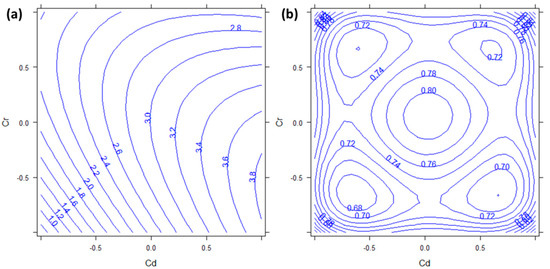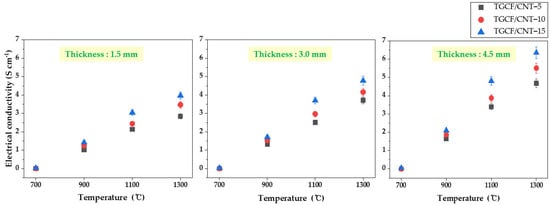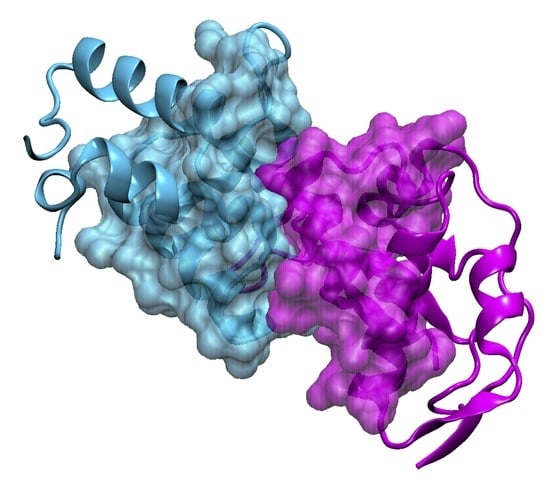Molecules 2022, 27(6), 1855; https://doi.org/10.3390/molecules27061855 - 12 Mar 2022
Cited by 26 | Viewed by 4561
Abstract
Pulcherrimin is a secondary metabolite of yeasts belonging to the Metschnikowia pulcherrima clade, and pulcherrimin formation is responsible for the antimicrobial action of its producers. Understanding the environmental function of this metabolite can provide insight into various microbial interactions and enables the efficient
[...] Read more.
Pulcherrimin is a secondary metabolite of yeasts belonging to the Metschnikowia pulcherrima clade, and pulcherrimin formation is responsible for the antimicrobial action of its producers. Understanding the environmental function of this metabolite can provide insight into various microbial interactions and enables the efficient development of new effective bioproducts and methods. In this study, we evaluated the antimicrobial and antiadhesive action of yeast pulcherrimin, as well as its protective properties under selected stressful conditions. Classical microbiological plate methods, microscopy, and physico-chemical testing were used. The results show that pure pulcherrimin does not have antimicrobial properties, but its unique hydrophilic nature may hinder the adhesion of hydrophilic bacterial cells to abiotic surfaces. Pulcherrimin also proved to be a good cell protectant against UV–C radiation at both high and low temperatures.
Full article
(This article belongs to the Topic Novel Antimicrobial Agents: Discovery, Design and New Therapeutic Strategies)
►
Show Figures
